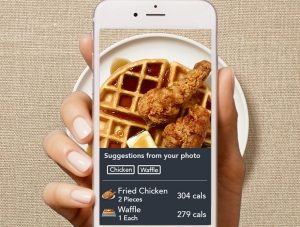Health
Snap It to Lose It: Count Your Calories With Pictures
What if that picture you just took of your food could tell you how many calories you’re about to devour? Sounds farfetched? No, now it absolutely can! Boston-based Lose It! has released a new beta feature called Snap It within its weight loss and calorie tracking app. As is easily guessed by the name, Snap It beta lets you take photos of your daily meals and snacks to automatically log them and derive approximate calorie counts.
How does Snap-It work?
Snap It is still in beta, but to access it all you need to do is open the app and select a meal, like breakfast, lunch, snacks, or dinner. Snap a picture of the meal, and the software will run an analysis of the contents of the photo. You’ll see food suggestions, along with their caloric content. You can adjust this information if it’s not accurate, and then add in a serving size. The meal is then logged.
The data it pulls from consists of food Lose It users log most frequently.
Lose It built its initial model for Snap It beta using something called the Food 101 dataset, which defines 101 food categories and contains 101,000 images that map to these categories.
Lose It claims that Snap It beta achieves 87.3% to 97.1% accuracy already within that data set. And as users contribute more images and descriptions, Snap It should become even more precise and accurate.
The mission
Lose It!’s goal is to help its users lose weight or maintain a healthy weight.
While logging meals with photos on social media is common, Lose It is taking on a more complicated endeavor. It wants to deliver accurate assessments of meals seen in users’ photos, but also help them count calories as precisely as possible, and even figure out nutritional information to improve their diets.
CEO Charles Teague said, “Ultimately we want to make understanding your diet as simple as Fitbit made understanding your activity. Snap It is going to give us the opportunity to reach a whole new set of users that may have found tracking frustrating or might’ve never even tried it because it seemed too time consuming. When tracking is a simple as snapping a picture, it becomes accessible to nearly everyone.”









